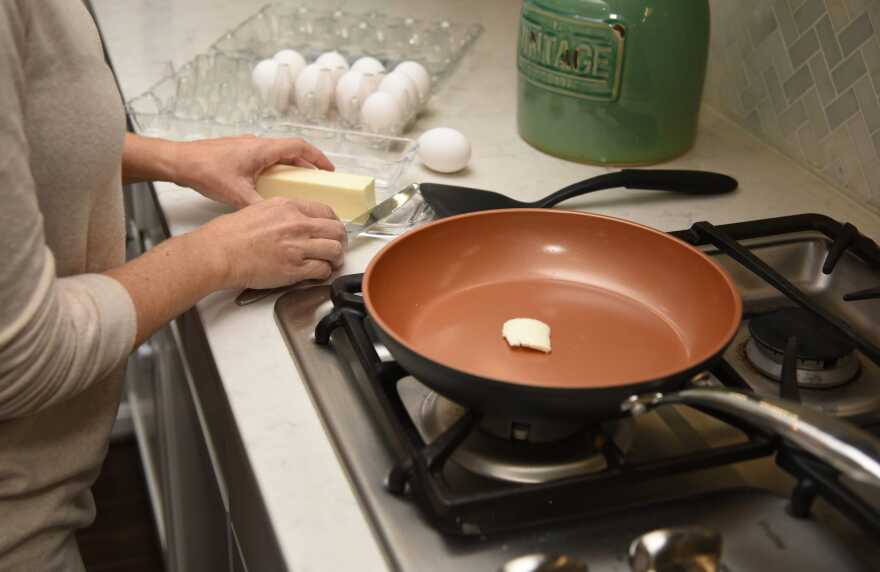Fire Prevention Week runs from Oct. 8 through Oct. 14 this year and aims to educate the public about the simple, yet important steps one can take to reduce the risk of a fire at home.
This year’s campaign focuses on cooking safety. Cooking remains the leading cause of home fires and home fire injuries, according to the U.S Fire Administration.
In 2021, fire departments in the U.S. responded to an estimated 170,000 home cooking fires. These fires caused an estimated 135 deaths, 3,000 injuries and $494 million in property loss.
FEMA shares that a fire can become life-threatening in just two minutes, and a residence can be in flames in five minutes.
Working smoke detectors is an inexpensive home safety investment that can produce lifesaving measures. They provide an early warning of a potential fire and could reduce almost half the risk of dying from a fire in the home, according to the Consumer Product Safety Commission.
Smoke alarms should be installed on every level of the home, outside sleeping areas and inside bedrooms. They should also be regularly maintained following the manufacturer’s instructions.
When cooking, remain in the kitchen. Turn off the stove before you leave the area, even for a short period of time. Wear short, close-fitting clothing when cooking. If using a grill, position it at least 10 feet away from siding and deck railings.

Keeping a fire extinguisher on hand in the kitchen is an important part of a home fire safety plan. It can extinguish a small fire or suppress it until the fire department arrives.
In the event of a fire, drop down to the floor and crawl to a safe exit way. Heavy smoke collects first near the ceiling. If you can’t get out, close the door and any vents and cracks to suppress smoke getting out. Call 9-1-1 or your fire department.
If your clothing catches fire, stop, drop and roll. Get medical help immediately to treat any wounds.
After a fire, contact a disaster relief service, like The Red Cross, for housing assistance and food. Check with the fire department to see if the residence is safe to enter. Take inventory of damaged items and notify your mortgage company of the incident.
A home fire is fast and dangerous, but preventable. Create and practice a fire escape plan and ensure you are taking the necessary steps to avoid a fire in your home.
Unlike home fires, wildfires are unplanned and burn in natural areas like forests, grasslands and prairies. These spread quickly and can devastate wildlife, natural areas and nearby communities.

To strengthen and protect your home, create a fire-resistant zone that is free of leaves and debris for at least 30 feet from your home.
Designate a room that can be closed off from outside air and close all doors and windows. An air filter can also reduce indoor air pollution levels when smoky conditions exist.
Know your evacuation zone and follow the instructions of local authorities.



